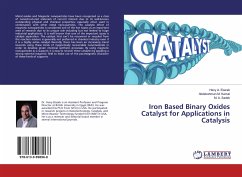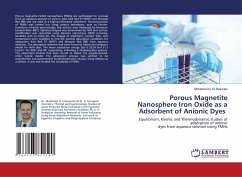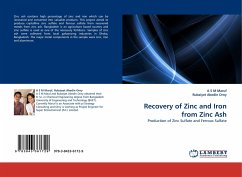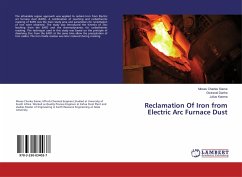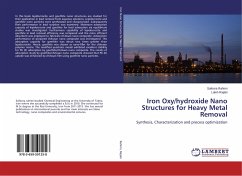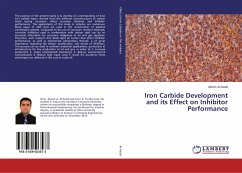In this book, the environmental application and implication of nanoscale zerovlanet iron (NZVI) are studied. Reduction and removal of Bromate and TCE DNAPL using NZVI were evaluated for drinking water treatment and groundwater remediation. A visualization technique for TCE DNAPL removal using reactive NZVI and bimetallic nanoparticles was conducted using a glass micromodel with a view toward improved contaminant displacement. Inert/pseudo-inert gases, including argon, nitrogen, and carbon dioxide, were utilized to stabilize synthesized NZVI after lyophilization to prevent self-ignition. In addition, the aging effect was investigated for these stabilized NZVI both in humid and dry conditions. A new and simple method was proposed for encapsulating NZVI using poly (vinyl pyrrolidone) (PVP) nanofibrous membranes by an electrospinning technology to maintain catalytic activity. At last, mobilization and deposition of NZVI in a porous medium were observed using a water-saturated glass micromodel; a high-resolution microscope was utilized to visualize the transport phenomena of microscopic aggregations of NZVI inside the micromodel.
Bitte wählen Sie Ihr Anliegen aus.
Rechnungen
Retourenschein anfordern
Bestellstatus
Storno



